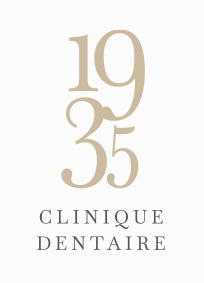Wearing braces is a major investment in time, effort, and comfort. But orthodontic treatment does not end the day your braces come off. The post-treatment period is crucial to maintain your results and keep your smile healthy for years to come. Here’s what you should know about retainers, oral hygiene, diet, and when to consult your dentist.
Why Wearing a Retainer Is Essential
Once braces are removed, your teeth have a natural tendency to shift. The supporting tissues (gums, bone, ligaments) need time to stabilize.
- A retainer—fixed or removable— is essential to keep teeth in their new position.
- Without it, the risk of orthodontic relapse is high: teeth may shift and compromise the outcome.
Tip: Follow your orthodontist’s instructions carefully, even if your teeth already look straight.
Warning Signs to Watch For
Even after a successful treatment, you should monitor for changes such as:
- teeth that start to overlap again;
- new gaps appearing between teeth;
- persistent pain or jaw discomfort;
- abnormal enamel wear caused by poor tooth alignment.
If you notice these signs, schedule a check-up. Early intervention can often prevent the need for another full orthodontic treatment.
Oral Hygiene and Diet After Orthodontics
The period after braces is the perfect time to adopt a stronger oral hygiene routine:
- Brush at least twice a day with a soft-bristle toothbrush.
- Use dental floss or interdental brushes to clean between teeth.
- Rinse with a fluoride mouthwash to strengthen enamel.
When it comes to diet:
- Choose foods that naturally clean teeth (apples, crunchy vegetables).
- Limit sugary snacks and soft drinks, which can cause cavities.
- Avoid biting into very hard foods (ice, whole nuts) that can damage your retainer.
When to See Your Dentist After Braces
Regular check-ups are key to maintaining your results:
- In the months following braces, quarterly check-ups may be recommended.
- Later, an annual visit is usually enough if everything is stable.
Your dentist will not only check the stability of your smile, but also monitor gum health and enamel condition.
Life after braces requires vigilance. Wearing your retainer, practicing good oral hygiene, and keeping up with dental visits are the keys to preserving a healthy, aligned smile. If you notice discomfort or movement, don’t wait—consult your dentist quickly. Prevention is the best way to avoid going through another orthodontic treatment.
